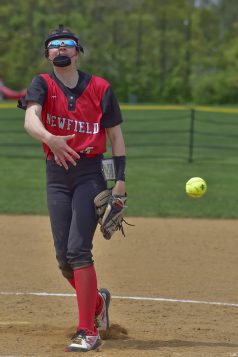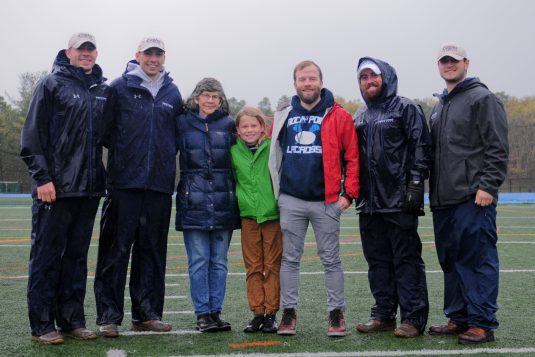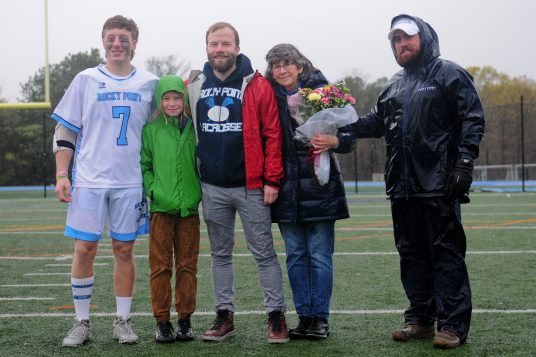 Welcome to the fifth edition of Paw Prints, a monthly column for animal lovers dedicated to helping shelter pets find their furever home!
Welcome to the fifth edition of Paw Prints, a monthly column for animal lovers dedicated to helping shelter pets find their furever home!

Meet Keesha
This adorable and sweet girl is Keesha. She was surrendered to the Brookhaven Animal Shelter because her family was no longer able to care for her. Keesha is a gentle soul who has to start over at the age of 10. She is as sweet as could be, she knows sit but is always checking out her surroundings to see who is available to get some pets from. She is looking for a family to love, a door to look out of and get her daily dose of sunshine and a bed to curl up in. She is a delight to walk, she is housebroken and would love the opportunity to show you what she is made of. She can be a little shy at first but then the happy go lucky girl comes out and she is giving kisses and looking for all of your attention. She would do best with kids over the age of 10, no dogs and she is fine with cats. Call 631-286-4940.

Meet Snowflake
Snowflake is a young adult, female, short-hair currently waiting at Little Shelter for her furever home. This patient, sweet girl that had been at the shelter since 2018. She gets overlooked because she likes to snuggle into cubbies. Laser toys are a great way to get her out and about! Call 631-368-8770.

Meet Chelsea
An eight-year-old Min Pin mix, this clever little lady is Chelsea, currently up for adoption at Little Shelter in Huntington. Subscribing to the adage that all you need is “a snack and a snuggle,” she’s the perfect one to share your couch with…and just about everything else! A breed that has been described as “tiny but mighty,” they have an outgoing personality and tenacious spirit. With her current mission being to find her forever home, Chelsea is ready to screen potential adopters, hoping to find her the perfect family. Energetic and self-possessed, she’s not about to let age slow her down. If you’re looking for a loyal, life-long friend with a good sense of humor, the search is over…just ask for Chelsea. Call 631-368-8770.

Meet Ophelia
“Hi, I’m Ofie from Kent Animal Shelter. It’s going to take a little while for you and me to become best friends and trust each other. But, I promise you that when we do, you will be showered with more love, affection and loyalty than you can imagine. There is nothing more that I love than hugs, kisses and belly rubs
just ask the kind people who work here at the shelter. But sometimes, new people make me nervous, and I get a little scared and I feel I need to protect myself because I am not sure yet who you are. You see, I came to America from the streets and meat markets of Thailand., and some people there were going to do really bad things to me. That’s why it may take a little while for you and me to become best friends
.but I promise it can happen if you give me a chance. Thank you for reading a little about me. I hope to see you soon. Oh and I love treats! Love, Ofie.” Ophelia needs to be the only pet in the house. Call 631-727-5731, ext. 1.

Meet Jack Jack
“A dog so nice, he was named him twice!” Jack Jack, a 1.5-year-old Doxy mix, arrived at Little Shelter hoping for a second chance at happiness. Though nearly blind, he is quickly acclimating to his surroundings, sniffing out new friendships and hearing all the applause celebrating his progress. Playing with abandon despite his disability, he’ll teach you to grab life by the tail, take chances, and savor every moment. Smart, affectionate and loyal, Jack Jack is the perfect reminder that “a house is not a home without paw prints.” Stop by to meet him today! Call 631-368-8770.
 Kitty Free-Fur-All
Kitty Free-Fur-All
May is Kitty Free-Fur-All Month at the The Town of Brookhaven Animal Shelter and Adoption Center, 300 Horseblock Road, Brookhaven. Fees will be waived for cat adoptions for the entire month. For more information, call 631-451-6955 or visit www.brookhavenny.gov/animalshelter
Check out the next Paw Prints in the issue of June 9.
Paw Prints is generously sponsored by Mark T. Freeley, Esq.








































































